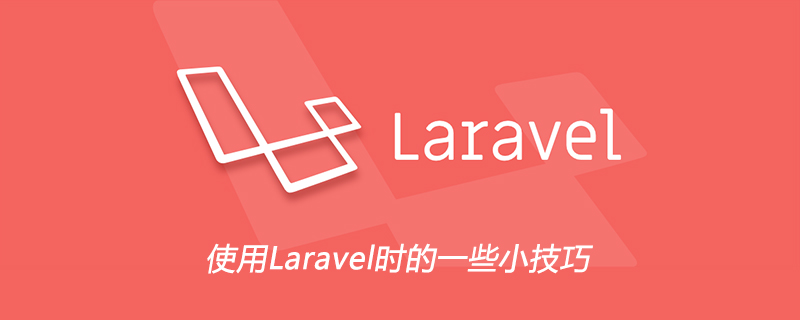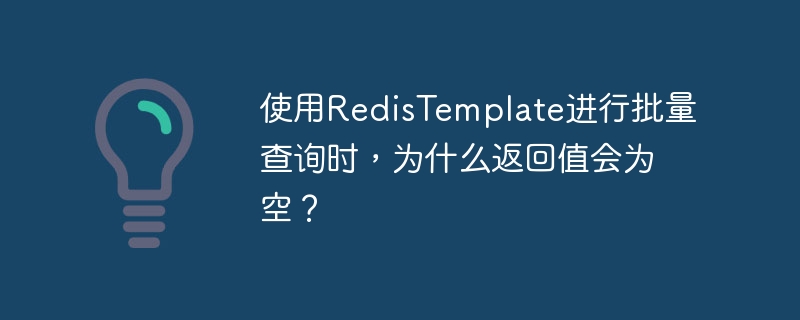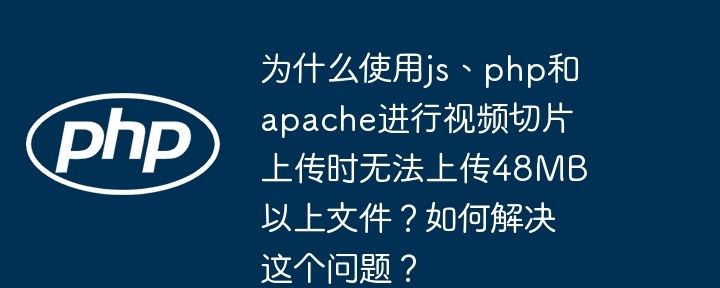
01: 觸發(fā)父級的時間戳
如標題所示,在子模型更新時,可以觸發(fā)父模型的時間戳。例如 Comment 屬于 Post,有時更新子模型導致更新父模型時間戳非常有用。例如,當 Comment 模型被更新時,您要自動觸發(fā)父級 Post 模型的 updated_at 時間戳的更新。Eloquent 讓它變得簡單,只需添加一個包含子模型關系名稱的 touch 屬性。
<?php namespace App; use IlluminateDatabaseEloquentModel; class Comment extends Model { /** * 涉及到的所有關聯(lián)關系。 * * @var array */ protected $touches = ['post']; /** * 獲取評論所屬的文章。 */ public function post() { return $this->belongsTo('AppPost'); } }
02: 預加載精確的列
在使用預加載時,可以從關系中獲取指定的列。
$users = AppBook::with('author:id,name')->get();
03: 為單個請求驗證用戶身份
你可以使用 Auth::once() 來為單個請求驗證用戶的身份,此方法不會使用 Cookie 會話。這意味著此方法可能有助于構建無狀態(tài) API 。
if (Auth::once($credentials)) { // }
04: 重定向到帶有參數(shù)的控制器方法中
你不僅可以將 redirect() 方法用于用戶特定的 URL 或者路由中,還可以用于控制器中帶有參數(shù)的方法中。
return redirect()->action('SomeController@method', ['param' => $value]);
05: 如何使用 withDefault() 避免在關系中出現(xiàn)的錯誤
當一個關系被調(diào)用時,如果它不存在,則會出現(xiàn)致命的錯誤,例如 $post->user->name ,可以使用 withDefault() 來避免。
/** 獲取文章作者 */ public function user() { return $this->belongsTo('AppUser')->withDefault(); }
06: 在模版中兩個平級的 $loop 變量
在 blade 的 foreach 中,即使在兩次循環(huán)中,依然可以通過使用 $loop 變量來獲取父級變量。
@foreach ($users as $user) @foreach ($user->posts as $post) @if ($loop->parent->first) This is first iteration of the parent loop. @endif @endforeach @endforeach
07: 修改查詢結果
在執(zhí)行 Eloqument 查詢后,你可以使用 map() 來修改行。
$users = User::where('role_id', 1)->get()->map(function (User $user) { $user->some_column = some_function($user); return $user; });
08: 輕松的使用 dd()
在 Eloqument 的最后加上 $test->dd(),來代替 dd($result)。
// 優(yōu)化前 $users = User::where('name', 'Taylor')->get(); dd($users); // 優(yōu)化后 $users = User::where('name', 'Taylor')->get()->dd();
09: Use hasMany to saveMany.
如果有 hasMany() 關聯(lián)關系,和想要從父類對象中保存許多子類對象,可以使用 saveMany() 來達到你想要的效果。
$post = Post::find(1); $post->comments()->saveMany([ new Comment(['message' => 'First comment']), new Comment(['message' => 'Second comment']), ]);
10: 在 Model::all() 中指定列
當你使用 Eloqument 的 Model::all() 時,你可以指定要返回的列。
$users = User::all(['id', 'name', 'email']);
11: Blade 中的 @auth
你可以使用 @auth 指令來代替 if 語句來檢查用戶是否經(jīng)過身份驗證。
典型的方法:
@if(auth()->user()) // The user is authenticated. @endif
簡短的方法:
@auth // The user is authenticated. @endauth
12: 預覽郵件而不發(fā)送
如果你使用 Mailables 來發(fā)送你的郵件,你可以預覽它們而不發(fā)送出去。
Route::get('/mailable', function () { $invoice = AppInvoice::find(1); return new AppMailInvoicePaid($invoice); });
13: hasMany 的特定檢查
在 Eloquent 的 hasMany() 關系中,你可以篩選出具有 n 個子記錄數(shù)量的記錄。
// Author -> hasMany(Book::class) $authors = Author::has('books', '>', 5)->get();
14: 恢復多個軟刪除
如果記錄使用了軟刪除,那么你就可以一次恢復多條軟刪除記錄。
Post::withTrashed()->where('author_id', 1)->restore();
15: 帶時區(qū)的遷移列
遷移文件不僅有 timestamps() 時間戳,還有 timestampsTz() 帶有時區(qū)的時間戳。
Schema::create('employees', function (Blueprint $table) { $table->increments('id'); $table->string('name'); $table->string('email'); $table->timestampsTz(); });
16: 視圖文件是否存在?
你知道還可以檢查視圖文件是否存在嗎?
if (view()->exists('custom.page')) { // Load the view }
17: 組中的路由組
在路由文件中,你可以為一個路由組創(chuàng)造一個組,還可以為其指定特定的中間件。
Route::group(['prefix' => 'account', 'as' => 'account.'], function() { Route::get('login', 'AccountController@login'); Route::get('register', 'AccountController@register'); Route::group(['middleware' => 'auth'], function() { Route::get('edit', 'AccountController@edit'); }); });
18: Eloquent 中的日期時間方法
whereDay() , whereMonth() , whereYear() , whereDate() , whereTime() 這些方法皆為 Eloquent 中檢查日期的方法。
$products = Product::whereDate('created_at', '2018-01-31')->get(); $products = Product::whereMonth('created_at', '12')->get(); $products = Product::whereDay('created_at', '31')->get(); $products = Product::whereYear('created_at', date('Y'))->get(); $products = Product::whereTime('created_at', '=', '14:13:58')->get();
19: 在 Eloquent 關系中使用 orderBy()
你可以在 Eloquent 關系中直接指定 orderBy() 。
public function products() { return $this->hasMany(Product::class); } public function productsByName() { return $this->hasMany(Product::class)->orderBy('name'); }
20: 無符號整型
對于遷移的外鍵,不要使用 Integer() , 而是使用 unsignedInteger() 或者是 integer()->unsigned() ,否則將會出現(xiàn)一系列的錯誤。
Schema::create('employees', function (Blueprint $table) { $table->unsignedInteger('company_id'); $table->foreign('company_id')->references('id')->on('companies'); });



















